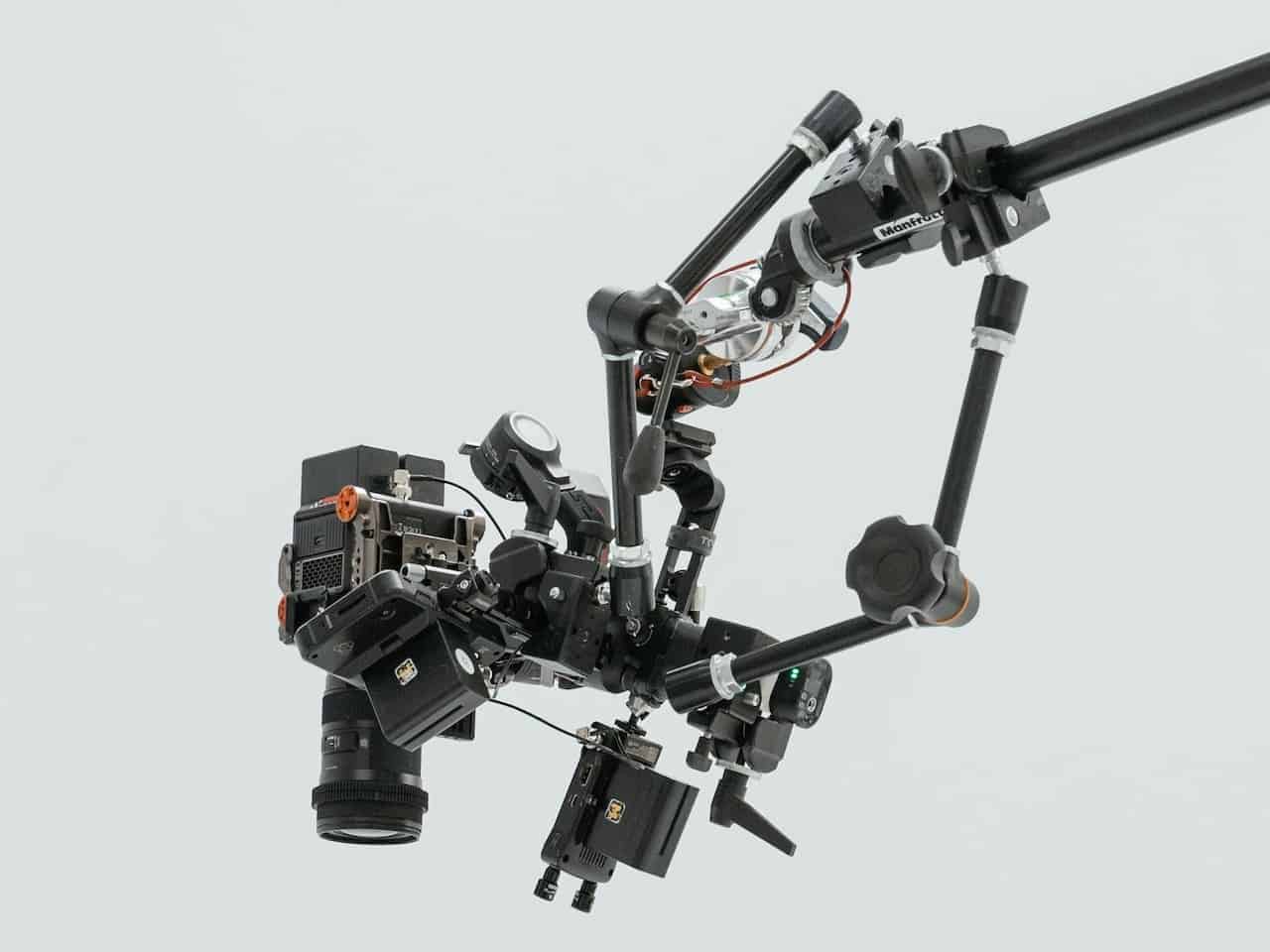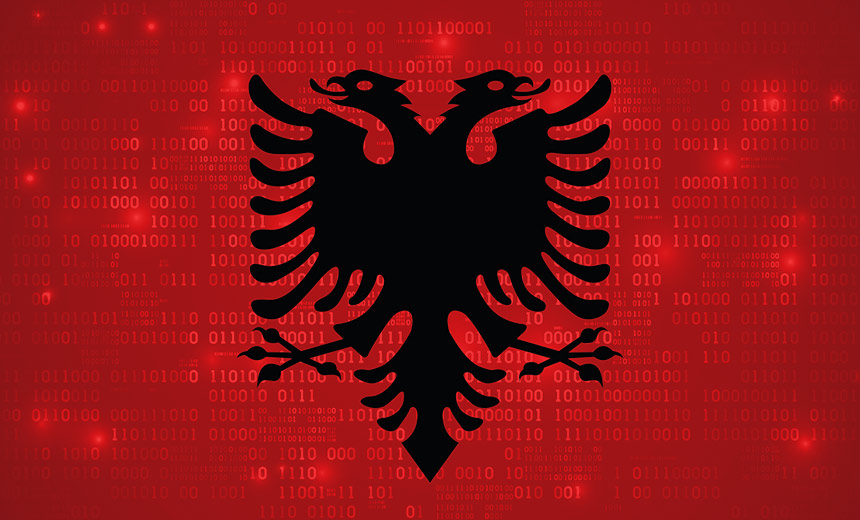What the 5G Future Means for Digital Workforce Management

Mobile carriers can divide, or “slice” networks into different tracks for
different devices or applications. Organizations can enable devices and
workstations to have separate networks, all on the same carrier. In practice,
this looks a lot like rerouting traffic. A collaborative meeting that requires a
lot of bandwidth won’t mean that another team experiences delays or poor network
coverage. Organizations can have more control over how they distribute coverage
to minimize lost time and productivity. Ultimately, this will make remote work
more sustainable. While 2020 may have been the year of transitioning to working
remotely, 2021 has proven so far that remote work is here to stay. ... We’re
only beginning to see the potential of 5G and AI working in tandem. Recently,
IBM partnered with Samsung to leverage AI for mobile devices operating on a 5G
network. Their goal was to build a platform that generated alerts for
firefighters and law-enforcement officers and addressed issues before they
escalated.
The role of organisational culture in data privacy and transparency

In an era of mass personalisation and technological innovation, organisations
increasingly need to make consideration of the way they use consumer data a part
of their organisational culture. Since the GDPR’s inception back in May 2018,
there have been some encouraging findings indicating that consumers are
increasingly willing to share their data in exchange for personalised services
and improved experiences. In addition, marketers are more confident about their
reputation in the eyes of consumers. However, there is still a long way to go to
improve consumer trust in marketing and highlight how data can be used as a
force for good. Recent Adobe research reveals that over 75 per cent of UK
consumers are concerned about how companies use their data. What’s more, an ICO
report found that when consumers were asked if they trust brands with their
data, little over a quarter (28 per cent) agreed. This proportion must be much
larger if businesses are to truly thrive in the digital age. With technologies
such as machine learning having a transformative impact on business, there is
little doubt that, as they continue to evolve, the data sets they rely on will
be key to a competitive advantage.
IoT software trends in 2023

IoT security has become crucial for organisations looking to successfully
implement IoT solutions. This is because digital transformation acceleration has
led to an influx of devices coming online. With the exponential growth in the
number of devices now connected to the internet, the attack surface has also
gotten significantly larger. Opportunistic cybercriminals now have more entry
points – from insecure connections, and legacy devices to weak digital links –
to take control of these IoT devices to spread malware or gain direct access
into the network to obtain critical data. For IoT devices, the risks are doubly
high for two reasons. Firstly, IoT devices typically do not come with in-built
security functions, which makes them an easy target for hackers. Secondly, IoT
devices, especially those that are small or light, can be easily misplaced or
stolen. Unauthorised users who have gained physical possession of the devices
can easily access your network. This is also why cybersecurity is now a huge
area of focus for IoT devices and software. On the other hand, failure to secure
IoT ecosystems could lead to eroding trust in their potential across the
organisation, as well as wasted investment costs.
Microservices to Async Processing Migration at Scale
/filters:no_upscale()/articles/microservices-async-migration/en/resources/16%20standby%20cluster-1662738783532.jpeg)
There are two potential sources of data loss. First: if the Kafka cluster
itself were to be unavailable, of course, you might lose data. One simple way
to address that would be to add an additional standby cluster. If the primary
cluster were to be unavailable due to unforeseen reasons, then the
publisher---in this case, Playback API---could then publish into this standby
cluster. The consumer request processor can connect to both Kafka clusters and
therefore not miss any data. Obviously, the tradeoff here is additional cost.
For a certain kind of data, this makes sense. Does all data require this?
Fortunately not. We have two categories of data for playback. Critical data
gets this treatment, which justifies the additional cost of a standby cluster.
The other less critical data gets a normal single Kafka cluster. Since Kafka
itself employs multiple strategies to improve availability, this is good
enough. Another source of data loss is at publish time. Kafka has multiple
partitions to increase scalability. Each partition is served by an ensemble of
servers called brokers. One of them is elected as the leader.
Theroad ahead for workplace transformation with IoT, 5G, and Cloud

Connectivity is the bedrock of IoT solutions, and flexible infrastructure such
as 5G can support expanding requirements. 5G also helps reimagine existing use
cases and explore newer and transformative use cases that could not be
supported by current connectivity technologies. By 2025, forecasts suggest as
many as 75 billion IoT connected devices, nearly 3x the number in 2019. Of
course, like all other technologies, networks will evolve to be self-optimized
with automation, analytics, and artificial intelligence (AI) working across a
multivendor cloud ecosystem. Telecom providers will, therefore, need to focus
their network engineering efforts on extreme agility at scale, acceleration
through execution excellence, and strong thought leadership and innovation.
Essentially, IoT, 5G, and cloud technologies will play a crucial role in
digital transformation of organizations across industry sectors, and move the
enterprises towards Industry 4.0, a term popularized by Klaus Schwab, founder
of the World Economic Forum, to represent the evolution of the fourth
industrial revolution riding on increasing interconnectivity and smart
automation.
IT services firms face the heat from GCCs in war for talent

GCCs have emerged a serious influencer of tech talent supply as they control
over a quarter of the total tech workforce in India, he said. “Deep-pocketed
GCCs have the advantage of buying talent at a higher price tag as they are
comparatively lower volume talent consumers. GCCs are hence known to trigger
wage wars against IT service players and other cohorts of tech, especially on
hot and niche skill sets. GCCs have hence not just constricted talent supply
funnels but also made it pricier for the IT services sector," said Karanth.
Wage hikes apart, GCCs also offer a huge brand pull by allowing fresh hires to
directly engage with top global brands. Such talent used to earlier engage
with some of these brands as employees of IT services firms on project
deployments. According to data shared by Xpheno, 23% of talent from the IT
services sector has had one or more career movements over a 12-month period
through July. With the tech sector recording high attrition rates, ranging
from 8% to 37%, the talent movement rate of 23% is in line with the average
attrition rates seen in the industry during the period.
Reining in the Risks of Sustainable Sourcing

Sustainable sourcing starts with a basic requirement: “It’s essential to know
who you’re buying from and where you’re buying,” O’Connell says. These
decisions impact the environmental footprint -- including exposure to climate
change, energy efficiency of the grid, production requirements, and
circularity considerations. They also provide some direction about specific
vendor or supplier risks. Vetting existing and new suppliers is essential.
There’s a need to understand a partner’s sustainability goals and whether the
firm is a good match. Their practices -- and their risks -- become part of a
buyer’s practices and risks. “The engagement strategy should be tailored to
drive collaboration and provide support to help both companies achieve their
sustainability goals,” O’Connell explains. Ensuring that suppliers can produce
enough plant-based materials, alternative fuels or low-carbon concrete is
critical to mapping out a carbon reduction plan. Scarcity is a common problem
with alternative materials and products.
Quiet quitting: 9 IT leaders weigh in

“In some respects, IT leaders should be more concerned about the 'quiet
quitters' in their workforce than those who actually leave the organization.
Notwithstanding the inherent challenges of losing an employee, IT leaders can
at least take proactive steps to replace the role with the appropriate talent
and skill sets.The situation is not as clear when it comes to quiet quitters.
IT leaders must approach quiet quitters with caution and take steps to
determine the underlying root cause for this behavior. If 'disengagement' from
work is the trigger, IT leaders must take remedial measures not to lose the
employee 'emotionally' even though they are physically there. Physically
absent employees are easier to replace than emotionally absent workers. ...
“Quiet quitting is synonymous with healthy boundaries. So is this concept a
good or bad thing? Should HR leaders be concerned? It boils down to the
single-most valuable lesson the pandemic already taught us: managing employees
is not what it used to be. Companies have to adapt. Now more than ever, we
have to enable employees to succeed in a more autonomous and self-guided way,
and part of that is integrating work into employees’ lives, not life into
their work.
US Sanctions Iranian Spooks for Albania Cyberattack

The sanctions are a demonstration that the United States is willing to use its
sway over the global financial system to dissuade other governments from
cyberattacks against allies, said Dave Stetson, a former attorney-adviser in
the Office of the Chief Counsel at the Treasury Department's Office of Foreign
Assets Control. Today's sanctions demonstrate "that the U.S. views those
cyberattacks against third countries as affecting U.S. national security and
foreign policy" and that the White House is prepared to "impose sanctions on
the person who perpetuate those attacks," he told Information Security Media
Group. Technically, the Specially Designated Nationals list of sanctioned
entities only affects American institutions and individuals, but a new
addition is actually a global event. Transactions between foreign entities can
easily involve U.S. financial institutions. The federal government hasn't been
shy about going after banks that do business with sanctioned individuals even
if there's just a momentary nexus to an American financial institution, said
Stetson, now a partner with law firm Steptoe & Johnson. Foreign banks also
have reputational and customer selection concerns, he added.
The role that data will play in our future

Raising trust levels cannot be addressed in isolation: it requires high-level
governance principles and guidelines. Governance frameworks (including data
governance ones) must be in place if societies are to anticipate and shape the
impact of emerging technologies. Their absence would create scenarios where
the digital revolution, like all revolutions, eventually devours its own
children. The realisation has emerged that if we are not able to leverage
technology for bringing out the best in humans, we are potentially headed for
scenarios in which society is fractured and some of our core organisational
principles, such as democracy, can be perverted. The COVID crisis turned the
digitisation priority into a digitisation imperative. In parallel, new
tensions have appeared that could lead to a splintering of the Internet
(splinternet), for example. Some would even argue that the metaverse that we
seen emerging in front of us is already splintered from the start, and that
its rapid far-west-style growth will lead to intractable issues if some sort
of guiding principles are not adopted soon.
Quote for the day:
"People buy into the leader before
they buy into the vision." -- John C. Maxwell
No comments:
Post a Comment